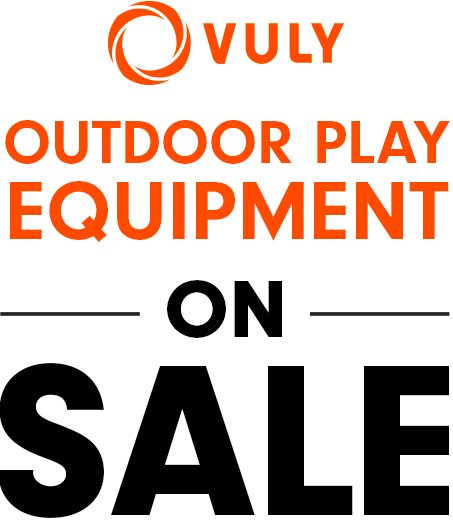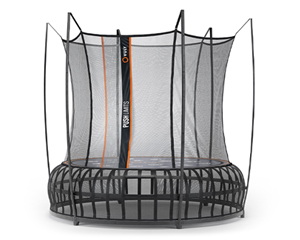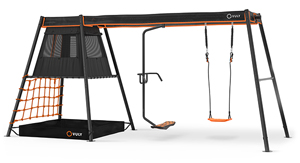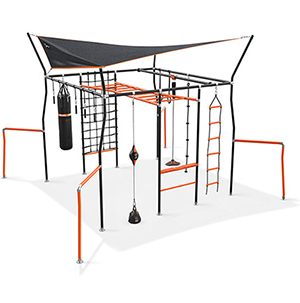

So you’ve decided to upgrade your backyard with a Trampoline. Buying and installing a trampoline in your backyard is a big commitment and careful consideration needs to be made before you go out and purchase one.
Trampoline safety considerations when installing
For an easy and safe installation, make sure the ground underneath the trampoline is flat and level. This will provide the best bounce and the safest environment for anyone using the trampoline. A flat even surface distributes the weight evenly when idle and when being used.
Can trampolines be on concrete?
At Vuly, we get this question regularly. The short answer is no. Concrete may seem like the ideal surface on which to put your trampoline, but the force of bouncing into the hard ground can be damaging to your trampoline's frame and legs.
Concrete also prevents you from securing your trampoline to the ground using an Anchor Kit, ensuring that it doesn’t move in inclement weather.
Putting some trampolines on concrete can also just be unsafe. In the case of rare trampoline accidents, it's always best to have a softer surface such as grass underneath the trampoline instead of concrete or cement.
Avoid Slopes and Hills
Installing your trampoline on a sloped surface can cause some serious risk including:
- The bouncer would be unbalanced when landing causing injury.
- Trampoline springs and mat will be susceptible to being worn out and getting damaged much faster.
- The trampoline could give way on one side and ultimately tip over injuring the user.
If your backyard has uneven surfaces consider levelling out the ground through some light excavation. If this isn’t an option for you, trampoline levelling kits can be found to help adjust the balance of your trampoline. Vuly has trampoline levelling kits available for most of their trampoline models: Lift 2, Thunder & Thunder Pro.
The best surface to install your trampoline
Aside from having a flat surface to install your trampoline, the ideal surface would be on the grass. Installing your trampoline on the lawn allows it to absorb shock. If you are installing the trampoline on a hard surface such as tiles or concrete, adding some rubber mats underneath could provide a similar amount of shock absorption.
Other types of surfaces such as commercial sand, rubber, or wood chips are also an acceptable alternative.

How much space is needed around the trampoline?
With all Vuly products, including our famous trampolines, we recommend leaving at least 1.5m around the perimeter with 2m being the ideal lateral clearance needed. This open space should be clear of walls and fences and concrete, brick, and other hard surfaces.
How much space above the trampoline is needed?
We recommend a minimum clearance of 8m from the ground.
Whilst it’s tempting to place your trampoline under shade or near trees. It is not recommended that this is done. Not only could falling debris damage your trampoline’s net, poles, and mat, branches could also cause injury if they drop on top of a bouncer.
Try to place your trampoline in a spot that is usually shaded by a building during the hottest parts of the day. If this isn’t practical, all Vuly trampolines include a free shade cover providing excellent shade for kids.
Provide good lighting
So your kids can enjoy their trampoline during all hours of the day and night, make sure that they’re able to see what they are doing. Facing garden spotlights towards the trampoline, outside the 2m clearance zone is ideal.
Will your trampoline fit in your backyard?
If you’re unsure whether your trampoline will fit in your backyard space whilst abiding by the “2m rule” we have a quick visual simulator that can show you how much space the trampoline will cover. This is extremely useful if you purchase a Vuly Trampoline or any of our outdoor play equipment such as our swing sets and monkey bars.







































